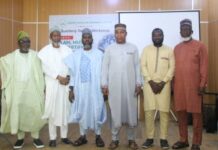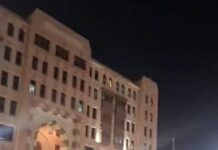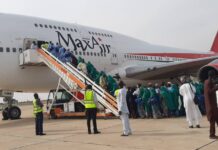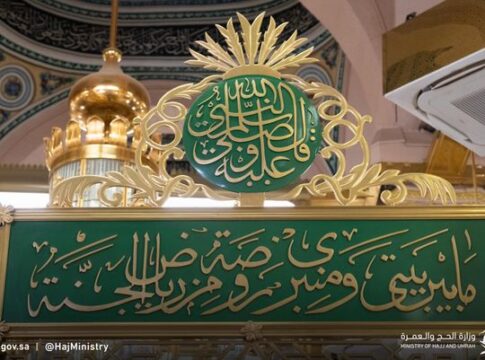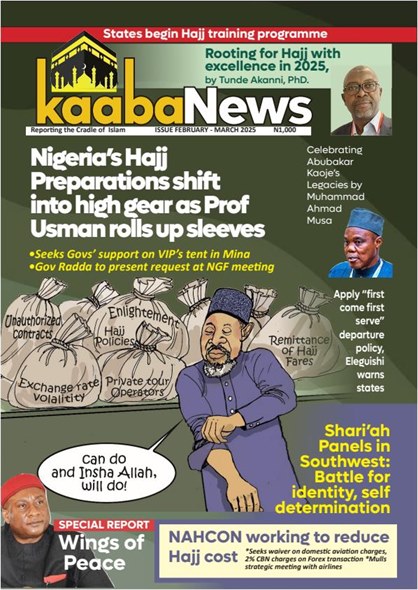Saudi authorities have notified Muslims wishing to visit Al Rawda Al Sherifa, where the tomb of the Prophet Mohammad (Peace Be Upon Him) is located at his mosque in the holy city of Medina, to observe a code of conduct.
The kingdom’s Ministry of Hajj and Umrah said the would-be visitors have to make prior reservations before arriving at the revered site and to show up according to the fixed appointment.
On entering Al Rawda Al Sherifa, the visitor should not raise his/her voice, bring in food, get busy with taking photos or filming, or stay longer than the allotted time.
The season of Umrah or a minor pilgrimage is underway in Saudi Arabia.
After undertaking the Umrah rites at the Grand Mosque, Islam’s holiest site in Makkah, many pilgrims would flock to the Prophet’s Mosque to pray and visit Al Rawdah Al Sharifa.
Saudi Arabia expects around 10 million Muslims from abroad to do Umrah during the current season.
Around 5.5 million headed to the Prophet Mosque, Islam’s second holiest site, last week, according to figures from the General Authority for Care of the Two Holy Mosques. During that week, 117,447 male worshippers and 119,526 females visited Al Rawada Al Sherifa.
Saudi Arabia acquires Kuwaiti Arabic lexicon
The Umrah season began more than two months ago after the end of the annual Islamic Hajj pilgrimage that around 1.8 million Muslims attended for the first time in three years after pandemic-related restrictions were lifted.
Muslims, who cannot physically or financially afford Hajj, go to Saudi Arabia to undertake Umrah.
Last April, Saudi authorities unveiled a gilded brass barrier surrounding the Sacred Chamber at the Prophet’s Mosque. The new barrier replaced a wooden barrier to preserve the visual identity and architectural pattern of the Mosque, officials said at the time.
The barrier has posts fixed to the bottom base by internal props, guaranteeing its immovability under the pressure of human density and easy maintenance.







